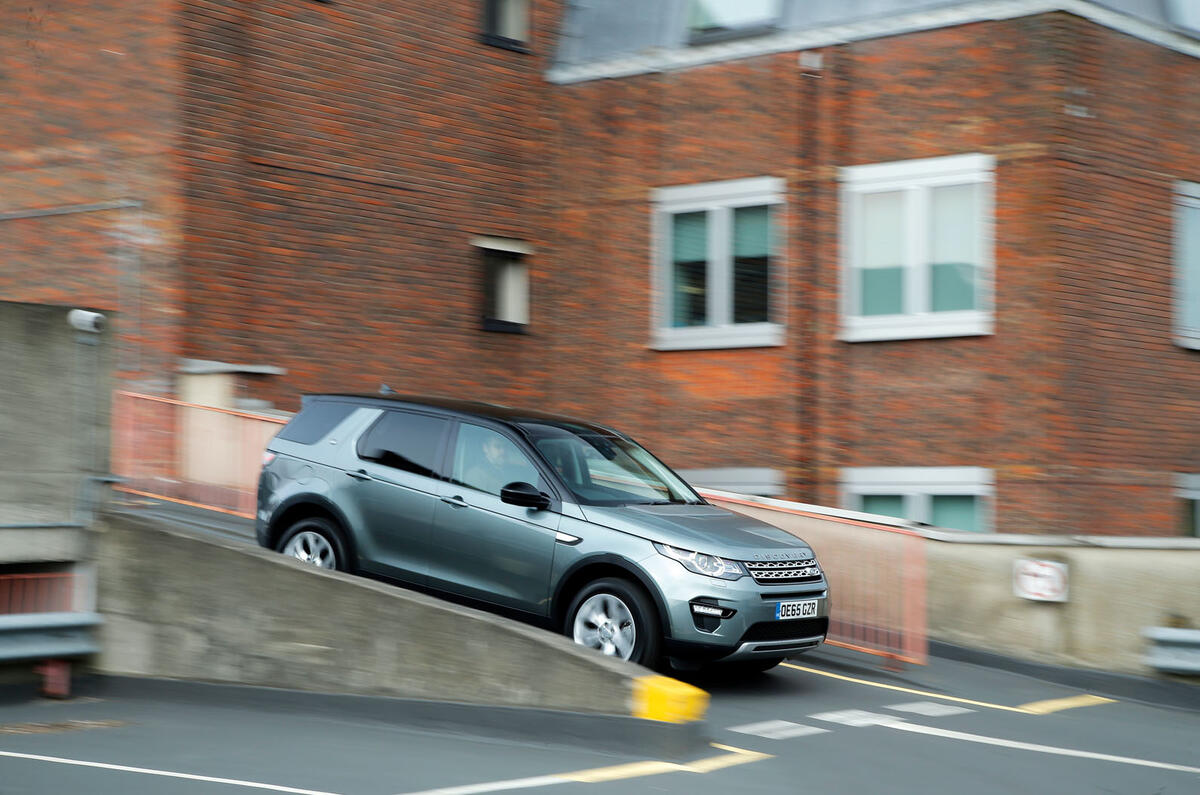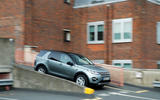My cousin is thinking about replacing her well-used Peugeot 308 SW with a new seven-seater, and the Land Rover Discovery Sport is on her shopping list.
To help with the decision-making process, I trundled out to Oxford in our Discovery Sport and filled it up with their family of five, plus me.
That’s about as full as it’s ever going to get in my hands, but the car proved even better than expected at carrying that number of people.
The new Land Rover Discovery has been revealed - read more and get your first look here
The Discovery Sport may have a relatively compact footprint, but it never ceases to amaze me how much room there is inside.
The sliding and reclining middle row of seats provide generous leg room for occupants, particularly in their rearmost position, and moving them forwards frees up a surprising amount of space in the back.
The rearmost seats aren’t electrically operated but can be pulled up from the boot floor or folded away again quickly and easily, via a strap on the back of each seatback.
My cousin’s husband, at around 6ft tall, sat in one of them for part of our short tour around Oxford and professed to be perfectly comfortable.
Climbing in and out of the third row can be awkward for adults, though; there’s a real possibility of a head-first tumble if you’re not careful.
On occasion, I’ve noticed a rattle from the rear of the cabin, but it doesn’t signify a fault or poor build quality — just that something isn’t positioned correctly.
If you make sure that the rearmost seatbelts are tucked into their clips on the inside of the D-pillars, the middle-row seatbacks aren’t touching the load cover and the load cover is retracted, progress is much more likely to be rattle-free.
The presence of the seats in the boot floor also had me wondering where the optional space-saver spare wheel resided, so I stuck my head under the rear to investigate, and sure enough, there it was.
I can’t say I’d ever want to have to retrieve it from there on a rainy night, but carrying a space-saver is much more reassuring than a repair kit.
Land Rover Discovery Sport HSE TD4 180 auto
Read our previous reports












Join the debate
Add your comment
Not worthy of comment
Shock horror
What does this mean -